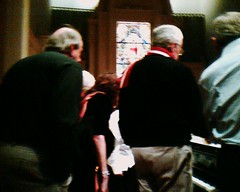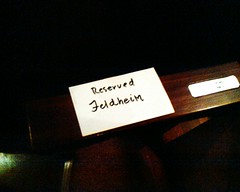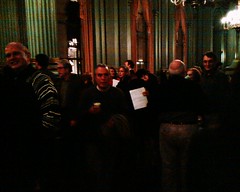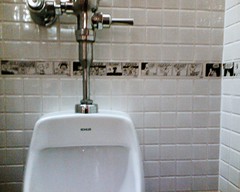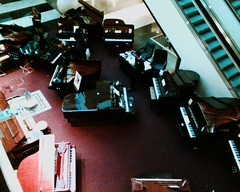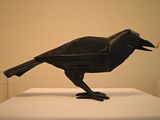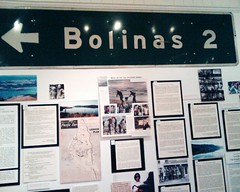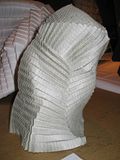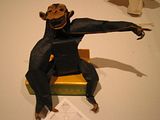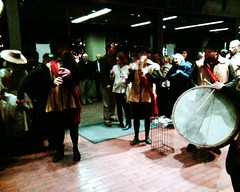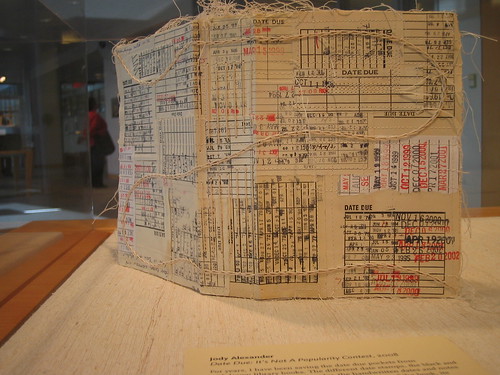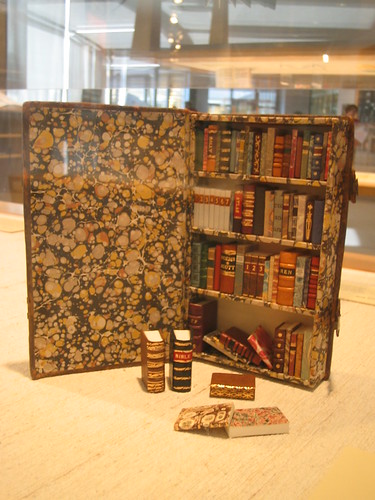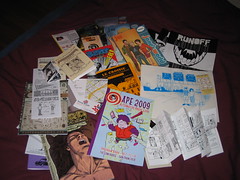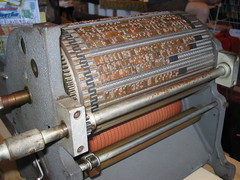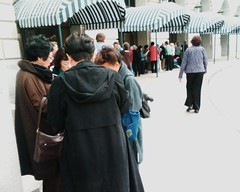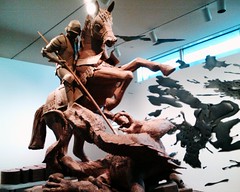San Francisco Symphony
Beethoven's Symphony No. 8
Wed, Oct 28, 2009 8:00pm
Davies Symphony Hall
Osmo Vänskä, conductor
Vadim Repin, violin
Aulis Sallinen: Symphony No. 1
Sibelius: Violin Concerto
Beethoven: Coriolan Overture
Beethoven: Symphony No. 8After the great experience I had
last week, I was very glad to make it to
Osmo Vänskä’s 2nd program with the
SF Symphony. The Sallinen
Symphony No. 1 from 1970/71 starts with sustained chords overlaid by tinkling percussion. It immediately made me think it could be the soundtrack to a documentary about the Arctic Circle. I found it pretty, though I was never sure if it was supposed to be going somewhere. My favorite part was a muted viola solo, played by
Yun Jie Liu, against slow-moving chords in the violas & 2nd violins.
I remember hearing
Vadim Repin when he was a young, hot-shot talent in his 20s, so I was a little startled to see how mature he now looks. His approach to the Sibelius
Concerto was consistently serious & inward instead of extroverted. He bowed deep into the strings, creating a continuous, thick sound. Vänskä clearly had other ideas, though, & he led the orchestra in a full-bore romantic interpretation. He certainly made the final movement sound like a dancing bear. The slight tension between the foreground & the background only added to the interest of the performance.
After intermission, Vänskä led a taut, tense & thoroughly thrilling
Coriolan Overture. There was a high level of engagement down to the final, soft pizzicatos. When he came back to the podium for the
8th Symphony, he immediately stirred up the sweeping opening bars before we had a chance to stop clapping. He continued in this teasing, humorous vein for the entire symphony. He brought a touch of Rossini to the ending of the scherzo movement. He made Beethoven’s absurdly drawn out final coda exciting & buoyant. The players seemed very involved throughout as well. I enjoyed watching the good communication between the 1st stand cellists. I left feeling that this was a concert I could eagerly hear again.
I Have to Confess
During the very quiet opening of the Silbelius, I hushed a woman next to me who was with her daughter, a girl perhaps 6 years old. Both mother & daughter were quite restless during the Sallinen, whispering to each other & fidgeting. When their act started up while Repin was playing, I had to acknowledge them. I never do such things, & it embarrassed me, but it did quiet them down, until the last movement anyway. & I did say “Thank you” when it was over. I must have scared not only mother & daughter but also the elderly gentleman on my other side, for when I returned after intermission I had vacant seats on both sides.
IntermissionDuring the intermission I had the additional pleasure of running into some
fellow bloggers, including
Ced, who hinted that in
his recent interview with Repin, the violinist expresses an interesting opinion about yoga.
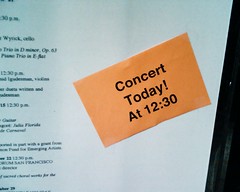 Noontime Concerts
Noontime Concerts